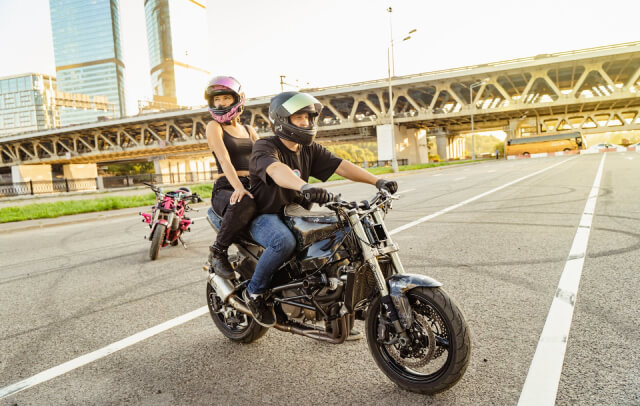Motorcycle safety tips – Riding a motorcycle can be an exciting and liberating experience, but it also comes with its own set of safety challenges. To ensure that you have a safe and enjoyable ride, it’s essential to know and follow the proper safety tips.
In this article, we’ll provide detailed information and friendly advice on how to stay safe on the road. From wearing the right protective gear to maintaining your motorcycle and riding within your limits.
We’ll cover everything you need to know to keep yourself and others safe while enjoying the freedom of the open road. So, grab your helmet, buckle up, and let’s dive into the world of motorcycle safety.
7 Motorcycle Safety Tips
Motorcycle Safety Tips – Wear Protective Gear
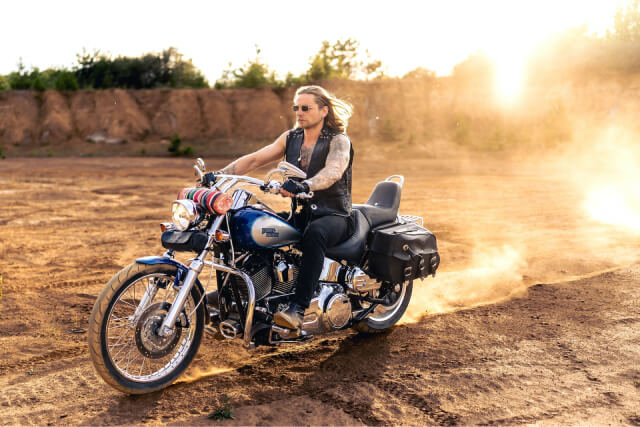
One of the most important motorcycle safety tips is to always wear protective gear. This includes a DOT-approved helmet, gloves, boots, and protective clothing. A helmet is the single most important piece of protective gear and can greatly reduce the risk of head injury in case of an accident. Look for a helmet with a snug, comfortable fit and full coverage of your head, including your face and jaw.
Gloves provide protection for your hands and fingers, as well as improve grip on the handlebars. Boots protect your feet and ankles from injury, as well as provide support and stability while riding. Protective clothing, such as a jacket with armor, helps to reduce the risk of injury from impacts or abrasions in the event of a crash.
When shopping for protective gear, prioritize fit and comfort, as well as protection. Look for gear that fits snugly, without being too tight or restrictive, and make sure you try gear on before purchasing to ensure a proper fit. Remember, the more protection you have, the better equipped you’ll be in case of an accident.
Motorcycle Safety Tips – Maintain your motorcycle
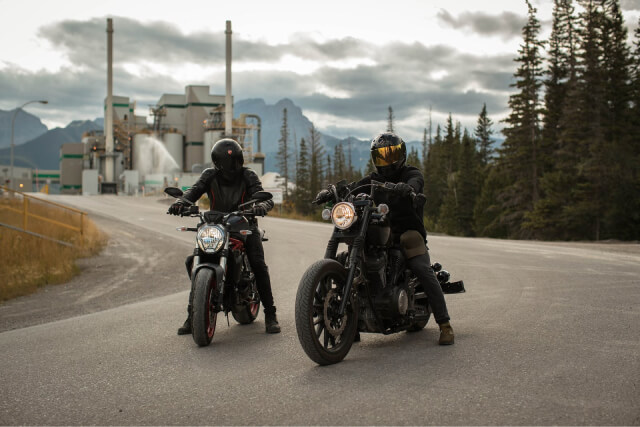
Regular maintenance is key to keeping your motorcycle in good working condition and reducing the risk of breakdowns while on the road. Some important things to check and maintain regularly include:
- Tires: Check the tire pressure regularly and replace worn or damaged tires as needed. Proper tire pressure and tread depth help to improve handling, traction, and stability on the road.
- Brakes: Make sure your brakes are functioning properly and replace worn brake pads or discs as needed. Regularly check the brake fluid level and replace it if it is dirty or low.
- Lights: Ensure all of your lights are working properly, including the headlight, taillight, turn signals, and brake light. Check and replace any burned-out bulbs as needed.
- Oil and fluid levels: Regularly check the oil and fluid levels in your motorcycle and change the oil according to the manufacturer’s recommended schedule.
- Chain and cables: Check the chain or belt tension and lubricate it as needed. Inspect the cables for fraying or damage and replace them if needed.
By taking the time to regularly maintain your motorcycle, you’ll help ensure it is in good working condition and reduce the risk of breakdowns or malfunctions on the road.
Motorcycle Safety Tips – Ride within your limits
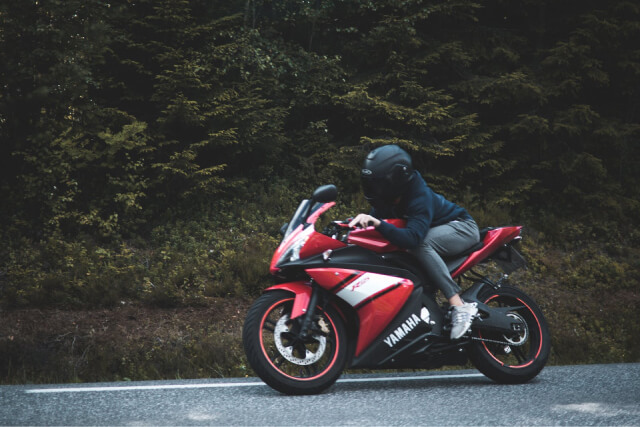
It’s important to know your skill level and never exceed it when riding a motorcycle. This means riding at a pace that is comfortable for you and taking into account your own abilities and experience. If you’re new to riding, consider taking a motorcycle safety course to improve your skills and knowledge.
Riding within your limits also means being mindful of your speed and being aware of your surroundings at all times. Pay attention to the road ahead and be prepared for unexpected changes in traffic or road conditions. Avoid distractions, such as texting or listening to loud music, as they can take your attention away from the road.
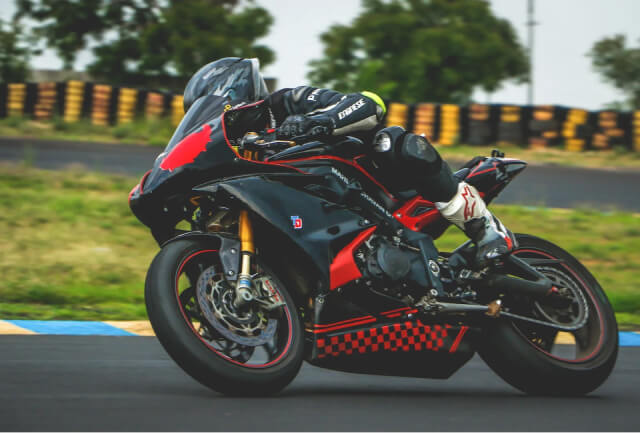
Additionally, it’s important to be mindful of the conditions you’re riding in. Avoid riding in inclement weather, such as rain or heavy winds, if you’re not experienced in those conditions. Make sure to adjust your speed and riding style to account for road conditions, and be especially careful when riding on gravel, gravel, or wet roads.
By riding within your limits, you’ll not only increase your own safety, but also the safety of others on the road.
Avoid distractions
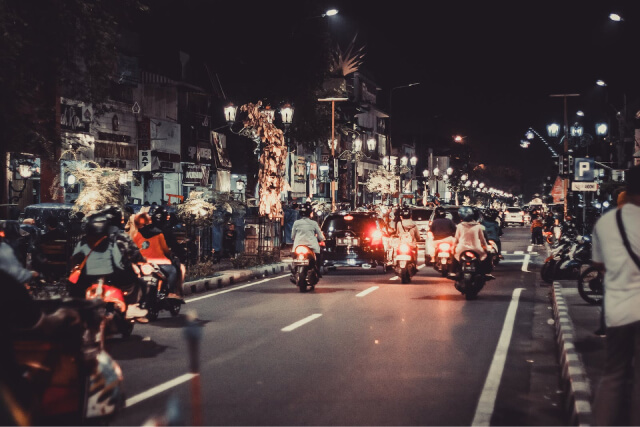
Distractions can be deadly when riding a motorcycle. It’s important to keep your attention focused on the road and avoid any activities that take your eyes, hands, or mind off of riding. Some common distractions to watch out for include:
- Cell phone use: Avoid using your cell phone while riding, whether it be texting, making a call, or using navigation. Instead, pull over in a safe place if you need to use your phone.
- Eating or drinking: Avoid eating or drinking while riding, as it takes your attention away from the road and can be messy if something spills.
- Adjusting your gear: Make sure your gear is adjusted properly before you start riding, and avoid making adjustments while on the road.
- Daydreaming: Keep your mind focused on the road and avoid getting lost in thought while riding.
By avoiding distractions, you’ll be better equipped to react to any sudden changes in traffic or road conditions, and you’ll stay safer on the road.
Motorcycle Safety Tips – Stay Visible
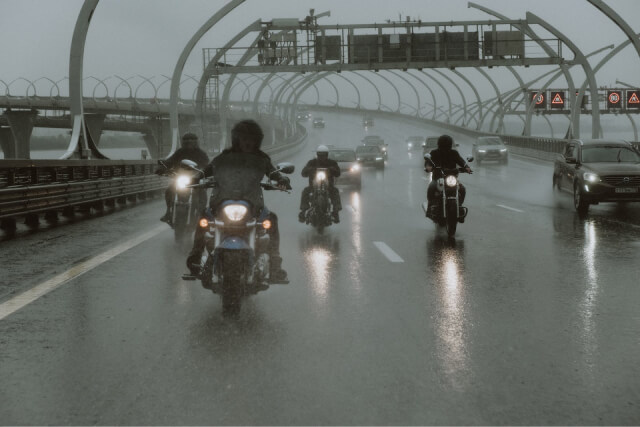
Being visible to other drivers is crucial for motorcycle safety. Here are some tips to increase your visibility on the road:
- Wear bright or reflective clothing: Choose clothing that is brightly colored or has reflective elements to increase your visibility to other drivers.
- Use your lights: Turn on your headlights, even during the day, to make yourself more visible to other drivers.
- Use hand signals: Use hand signals to communicate your intentions to other drivers and make yourself more visible on the road.
- Avoid riding in blind spots: Stay out of the blind spots of other drivers and be mindful of cars and trucks that may be merging into your lane.
- Watch for other drivers: Stay alert and be aware of other drivers on the road, especially those who may be distracted or not paying attention.
By staying visible, you’ll increase your chances of being seen by other drivers, reducing the risk of accidents. Additionally, making yourself more visible can also help to reduce the risk of collision from other drivers who may not see you, especially in low-light conditions.
Motorcycle Safety Tips – Wear Protective Gear
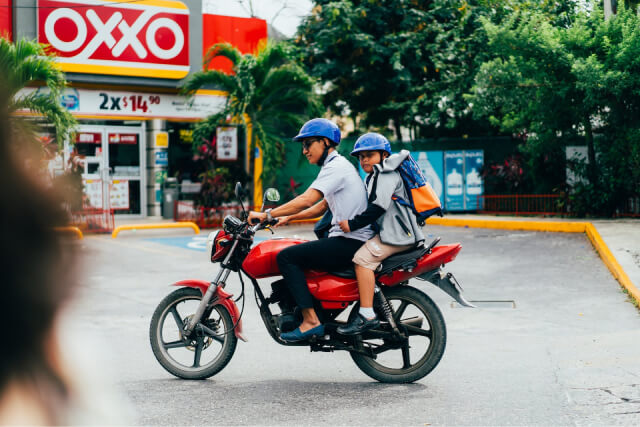
Wearing protective gear while riding a motorcycle is essential to reducing the risk of injury in the event of an accident. Here are some of the most important pieces of protective gear to consider:
- Helmet: A helmet is the most important piece of protective gear for a motorcycle rider. Make sure to choose a helmet that fits properly and meets DOT (Department of Transportation) safety standards.
- Jacket: A heavy, protective jacket can help to protect your arms, back, and torso from injury in the event of an accident. Look for a jacket with reinforced seams and materials that will protect you from abrasion.
- Gloves: Gloves can help to protect your hands and fingers from injury in the event of a crash. Look for gloves that are designed specifically for motorcycle riding and that offer protection from impact and abrasion.
- Boots: Proper riding boots can help to protect your feet and lower legs from injury in the event of an accident. Look for boots that are made of heavy-duty materials and that offer protection from impact, abrasion, and the elements.
- Pants: Heavy, protective pants can help to protect your legs from injury in the event of a crash. Look for pants with reinforced seams and materials that will protect you from abrasion.
By wearing protective gear, you’ll reduce your risk of injury in the event of an accident and be better equipped to stay safe on the road.
Maintain a Safe Following Distance
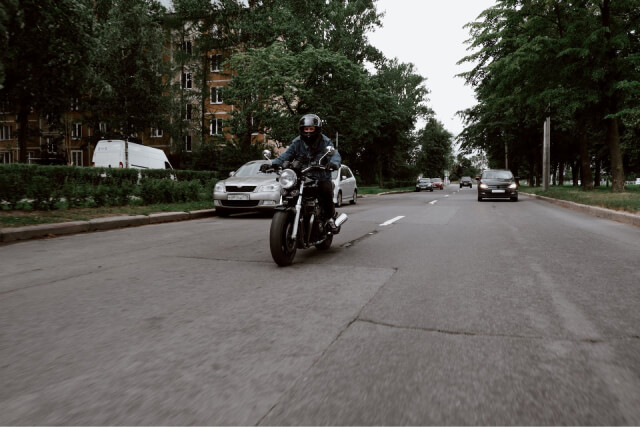
Maintaining a safe following distance is essential for reducing the risk of accidents on the road. Here are some tips for doing so:
- Keep a safe distance from other vehicles: Make sure to keep a safe distance from other vehicles, especially larger vehicles like trucks and buses, as they may obscure your view and make it difficult to see the road ahead.
- Anticipate sudden stops: Be prepared for sudden stops by keeping a safe following distance from the vehicle in front of you. This will give you more time to react and avoid a collision if the vehicle ahead suddenly stops or slows down.
- Give yourself room to maneuver: Maintaining a safe following distance will also give you more room to maneuver in the event of an emergency, allowing you to make quick decisions to avoid a collision.
- Be aware of weather conditions: In wet or slippery conditions, be extra cautious and make sure to increase your following distance to account for reduced traction.
By maintaining a safe following distance, you’ll reduce your risk of collision and have more time to react if the vehicle in front of you suddenly stops or slows down. Additionally, you’ll also have more room to maneuver and make quick decisions in the event of an emergency.
Conclusion
Motorcycle safety is of the utmost importance for riders of all levels. By following the tips outlined in this article, you can reduce your risk of accidents and stay protected on the road.
From wearing protective gear and maintaining a safe following distance, to regularly checking your bike’s condition and knowing your limits, these tips will help you to stay safe and confident while riding your motorcycle. Remember, the best way to stay safe on a motorcycle is to be proactive, stay alert, and always ride with caution. Happy and safe riding!
Read Also:
